Ramji finds out how the retail industry is set to be revolutionized by Augmented Reality

Augmented Reality, or AR as it is often shortened to, is the technology that superimposes digital content over your physical environment when viewing through the camera of your smartphone or tablet. This gives a composite view and an illusion of digital content being present in the real environment. You can virtually walk around the digital model while staying in the comforts of your living room. The big advantage of this technology is that the user does not need any special device to experience it. Just a regular smartphone will do.
Let us try this. Take out your smartphone, Google for something like ‘tiger’. In the search results, look for an option to View in 3D. You get an animated model of a tiger. There is yet another option to View in your space. Hit that and your phone does scans where your floor is and places the 3D animated model of the tiger in your physical space. You can walk around the tiger as if it were present in your living room.
As the capabilities of the smartphone drastically improved over the past several years, it became an indispensable tool for delivering augmented reality experiences. With the advent of Web-based AR and its advancements, it eliminated the need for installing a separate app for each of the AR experiences.
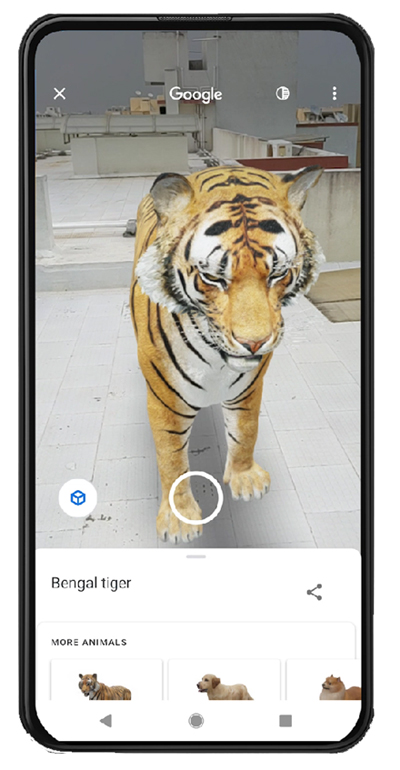
Let us now see how this technology is shaping the face of the retail industry. AR improves customer experience and tries to convert a potential customer to an actual customer. This way, the customer can make more informed and convinced decisions.
AR experiences vary from simple desktop/laptop browser-based like in the case of jewelry store websites to extensive smartphone app-based AR examples. Take for instance, Tanishq, they have an AR experience on their website to try on different jewelry. This opens the webcam and lets you try on the jewelry products. You can even try this on your laptop. AR is used by a range of companies in fashion, jewelry, furniture, and automotive industries.
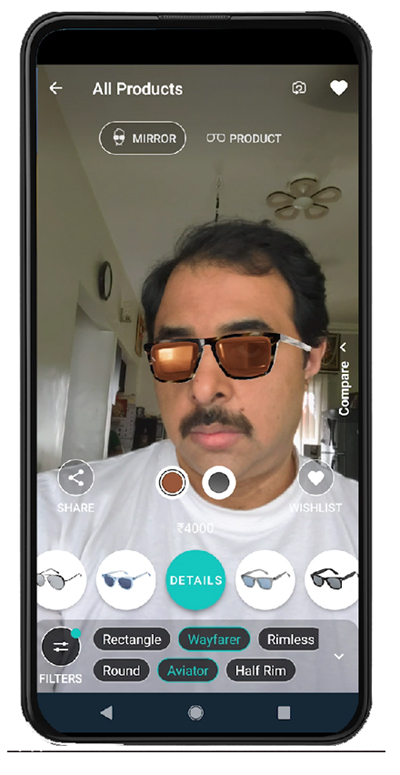
AR allows the user to virtually try on anything from spectacles or sunglasses, clothing, watches, shoes and even cars! Several apps like Lenskart allow users to virtually try on the full range of glasses or sunglasses using AR and in real time. It helps the users to freeze in on the design that suits them without having to walk into the store.
Amazon and Ikea use AR to let the user virtually try on any piece of furniture within their own home or office. AR allows the user to see if a particular sofa fits in their space and how it blends with their interior theme. The user can even change the color of the fabric and see if that blends with their room. Anything from a big sofa to even a small decorative piece can be viewed through AR and the possibilities are endless. This helps the user to make a quick decision.
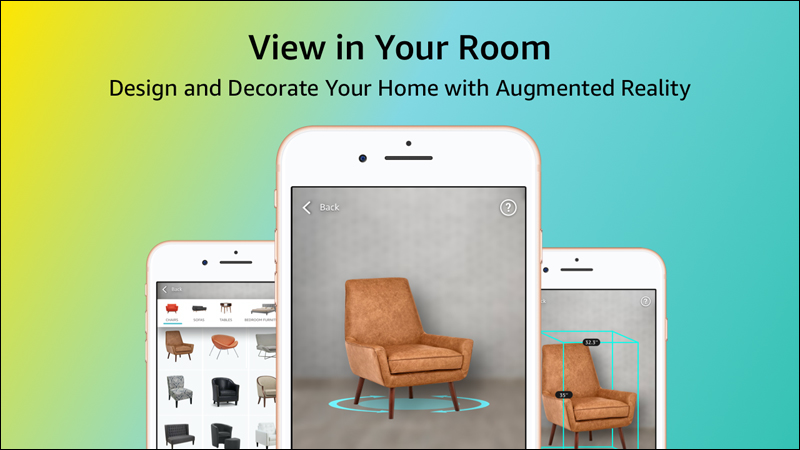
There are other apps that even let you virtually try on a shoe or even a watch. It recognizes the feet and places a pair of virtual shoes, and it reacts the same way as a real shoe when you move your feet. You could try different models and choose the best one that you like. For example, look at the screenshot here. It is from the browser version of that fashion brand.
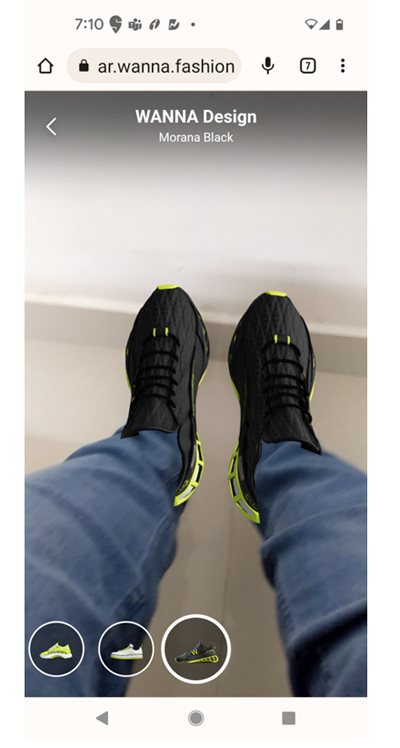
One common thing about the examples stated above is that most of them are e-commerce platforms and it makes a good deal to have AR experiences for a virtual try on of the products before making the purchase decision.
What about businesses that have extensive physical showrooms? They too use AR. Stores have a dedicated device called a Magic Mirror. These devices use something known as 3D Virtual Fit. These are like life sized mirrors (but with a digital screen) equipped with a camera. When a customer stands in front of this device, it simulates a mirror, and they can pick some clothing to virtually try it on. This allows the customer to see how that dress fits them. They can also try customizing the size, color and fit. This also enables them to try on a variety of clothes in a short span of time and that too without having to undress. Retail outlets that use AR virtual try on technology say that their conversion rate has increased by 250%.
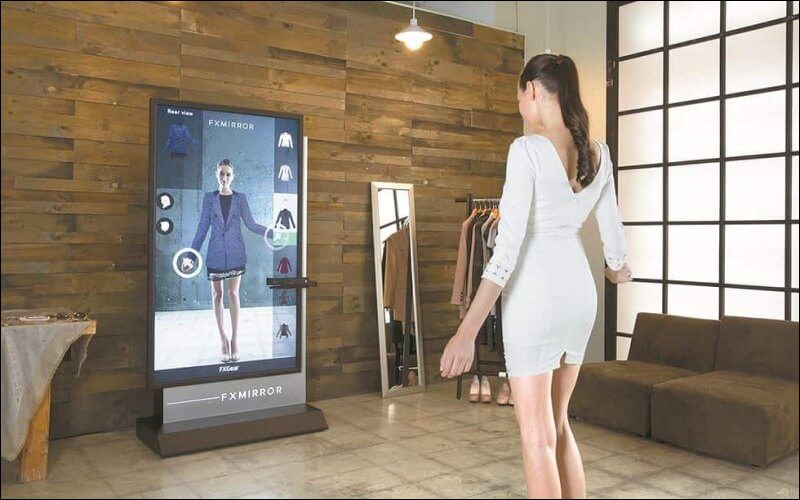
Yet another example is from Tata Motors. They offer an AR experience on their website that allows you to see how that car fits into your parking space. Furthermore, this is again driven by the browser on your smartphone thereby removing the hassle of installing an app that you may not use again. This helps the user view the car exterior as well as the interior. This AR experience lets the user decide how it looks or feels before they proceed with the next step for test driving a real car.
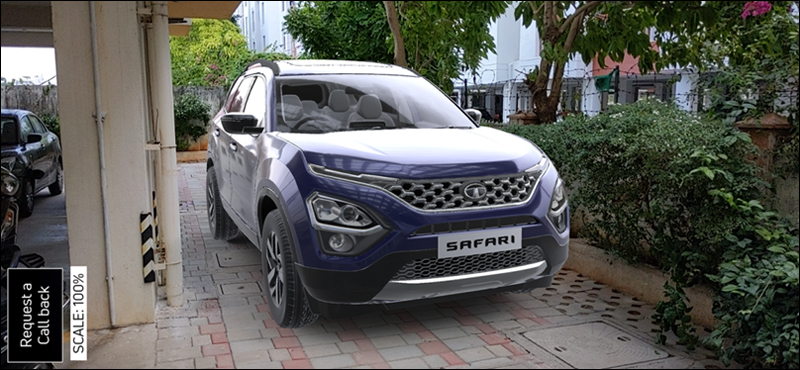
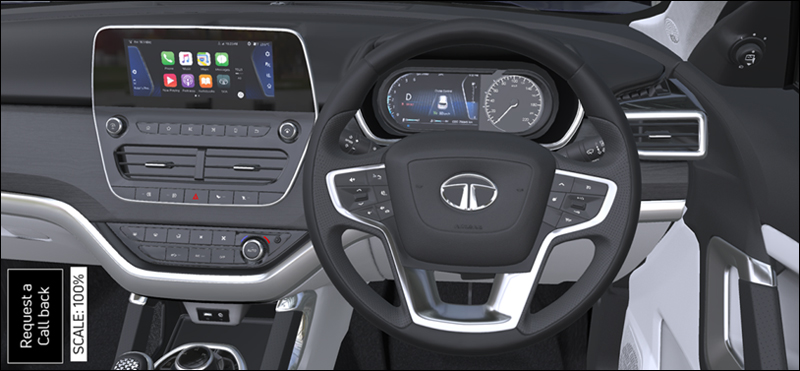
This is how AR is helping the retail industry convert their sales rate especially when the competition is cut-throat, and the customer has too many options to choose from. Companies are happy to spend for these AR experiences that allow the users to virtually experience their products. Customers too are lapping up these AR experiences and happy to shop with these companies.
In case you missed:
- None Found



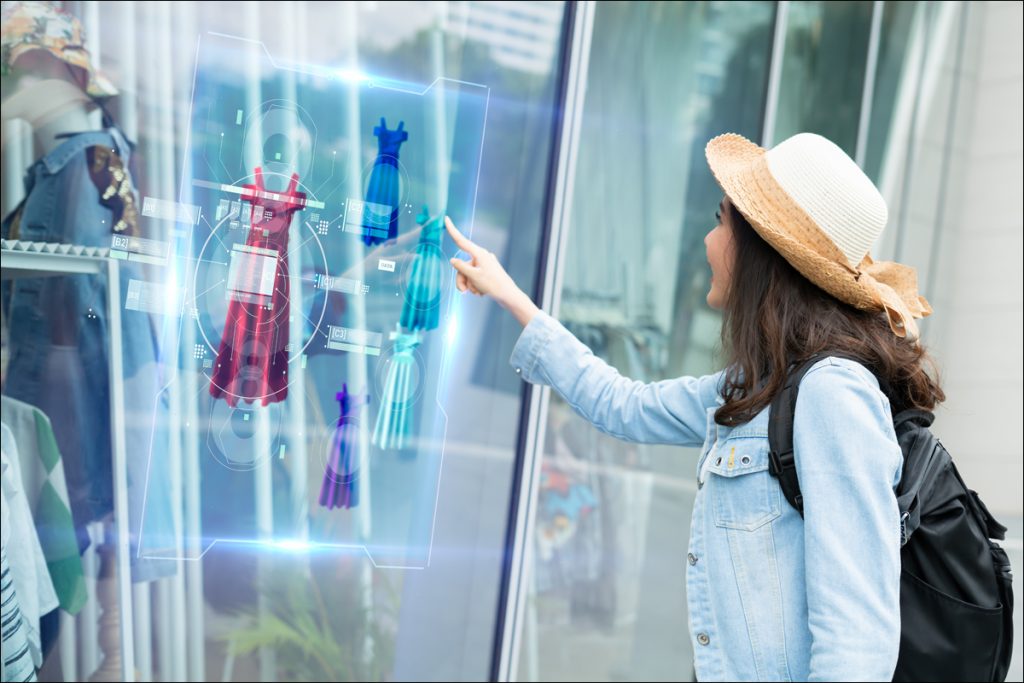
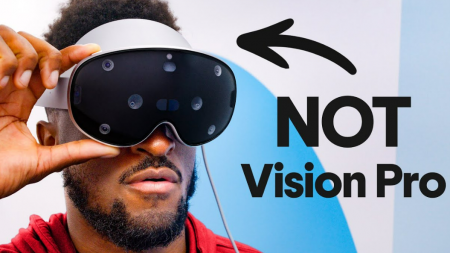
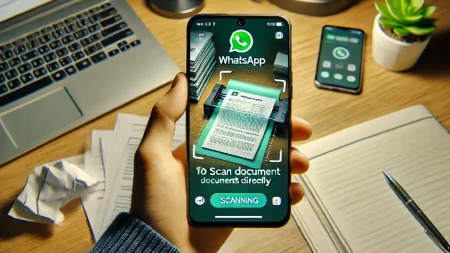
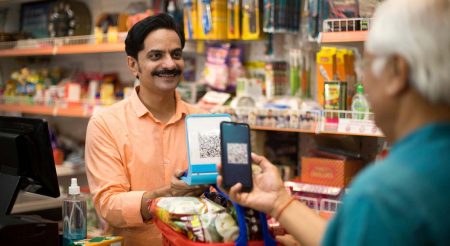

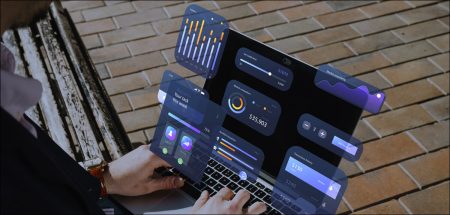
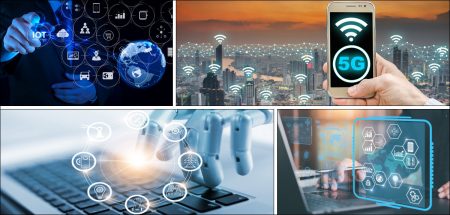
1 Comment
thanks for sharing